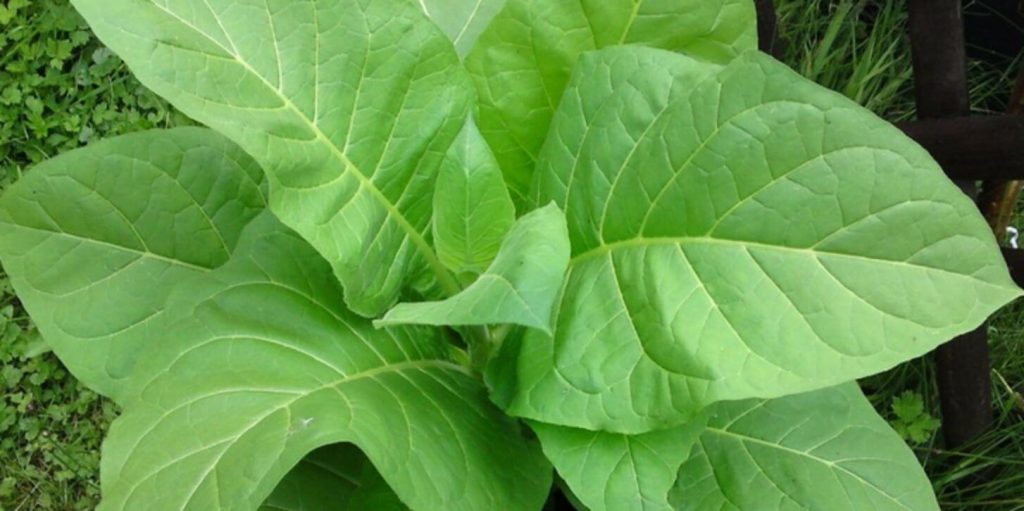
Organic Latakia tobacco is a rich and flavorful variety that has been enjoyed by pipe smokers for centuries. This unique tobacco is grown in the fertile soils of Syria and Cyprus, where it is carefully harvested and cured to produce a deep, smoky flavor that is unlike any other.
Latakia tobacco is a sun-dried and smoke-cured tobacco product that originates from Syria and is named after its major port city of Latakia. However, large production has permanently moved to Cyprus due to varying and compounding sociopolitical issues within Syrian borders
The history and tradition of organic Latakia tobacco dates back hundreds of years. This tobacco was originally grown by the indigenous people of the region, who used it for both medicinal and ceremonial purposes. Over time, it became a popular choice among pipe smokers, who appreciated its rich flavor and smooth smoke.
One of the things that sets organic Latakia tobacco apart from other varieties is its unique flavor profile. This tobacco has a deep, smoky taste with hints of leather and spice. It is often used in pipe tobacco blends to add depth and complexity to the flavor.
Organic Latakia tobacco is grown using sustainable farming practices that prioritize the health of the soil and the environment. The plants are carefully tended to ensure that they produce the highest quality leaves, which are then harvested by hand. After harvesting, the leaves are cured using traditional methods to develop their rich flavor.
There are many benefits to choosing organic Latakia tobacco over other varieties. For one thing, this tobacco is grown without the use of harmful chemicals or pesticides, which means that it is better for both your health and the environment. Additionally, organic farming practices help to preserve the soil and support local communities.
The art of blending organic Latakia tobacco is a skill that has been passed down through generations. Expert blenders carefully select different varieties of tobacco to create unique blends that showcase the rich flavor of organic Latakia. These blends can range from mild to full-bodied, depending on the smoker’s preference.
To fully enjoy organic Latakia tobacco, it is important to prepare your pipe correctly. This means packing the bowl with just the right amount of tobacco and lighting it evenly. Once your pipe is lit, take slow, steady puffs to savor the rich flavor of the smoke.
The future of organic Latakia tobacco farming looks bright. As more people become aware of the benefits of choosing organic products, demand for this unique tobacco is likely to grow. This will help to support sustainable farming practices and preserve this rich tradition for future generations.
Latakia production is a tiny industry; its annual yield of about 60,000 pounds is vanishingly insignificant when compared to overall global tobacco manufacturing, which is focused on cigarettes
This unique variety offers a rich and flavorful experience that is unmatched by other tobaccos. Whether you are a seasoned smoker or new to the world of pipes, organic Latakia tobacco is sure to provide a satisfying smoke.
FAQs:
- What is Latakia tobacco? Latakia tobacco is a sun-dried and smoke-cured tobacco product that originates from Syria and is named after its major port city of Latakia .
- Where is Latakia tobacco produced? Large production of Latakia tobacco has permanently moved to Cyprus due to varying and compounding sociopolitical issues within Syrian borders
- How is Latakia tobacco cured? Latakia tobacco is cured using a process of moderate temperature smoke curing which is one of the defining factors of its complex aroma.
- What does Latakia tobacco taste like? When burned, Latakia tobacco has a characteristic wood smoke aroma accompanied by floral sweet undertones .
- What are the different types of Latakia tobacco? There are two types of Latakia: Syrian and Cyprian. However, Syrian Latakia no longer exists.
- How much Latakia tobacco is produced annually? The annual yield of Latakia tobacco is about 60,000 pounds .
- Is Latakia tobacco used in cigarettes? Some avant-garde cigar and cigarette producers use Latakia tobacco as well.
- What are the chemical components responsible for the characteristic odor and flavor of Latakia leaf? A phenolic extract of Latakia tobacco was steam distilled and resolved into a number of components by means of thin-layer and gas chromatography. By comparison with authentic compounds, twenty monohydroxylic phenols have been detected .
- What are the benefits of using organic Latakia tobacco? Organic farming practices help to preserve the soil and support local communities.
- How does the production of organic Latakia tobacco impact the environment? Organic farming practices prioritize the health of the soil and the environment.
- How does organic Latakia tobacco compare to other tobaccos in terms of flavor? Organic Latakia tobacco has a deep, smoky taste with hints of leather and spice.
- How does organic farming impact the quality of organic Latakia tobacco leaves? The plants are carefully tended to ensure that they produce the highest quality leaves.
- How does organic farming impact the local communities where organic Latakia tobacco is grown? Organic farming practices help to support local communities.
- Is there a difference between Syrian and Cyprian Latakia? Yes, there are differences in the taste and flavor profile of Syrian Latakia versus Cyprian due to differences in the way they are produced.
- Is it possible to replicate Syrian Latakia using other varieties of tobacco? It’s quite possible that the Syrian Latakia qualities could have been replicated using Ismir and Basma leaf, but there are certain things about the farmers that are growing the tobacco also curing the tobacco that have been lost.
Sources of information:
- Wikipedia: “Latakia (tobacco)” (https://en.wikipedia.org/wiki/Latakia_%28tobacco%29)
- ScienceDirect: “The constituents of certain tobacco types—I: Steam volatile phenols of Latakia” (https://www.sciencedirect.com/science/article/pii/S0031942200863256)
- Smokingpipes.com: “A Closer Look at Latakia” (https://www.smokingpipes.com/smokingpipesblog/single.cfm/post/closer-look-latakia-tobacco)